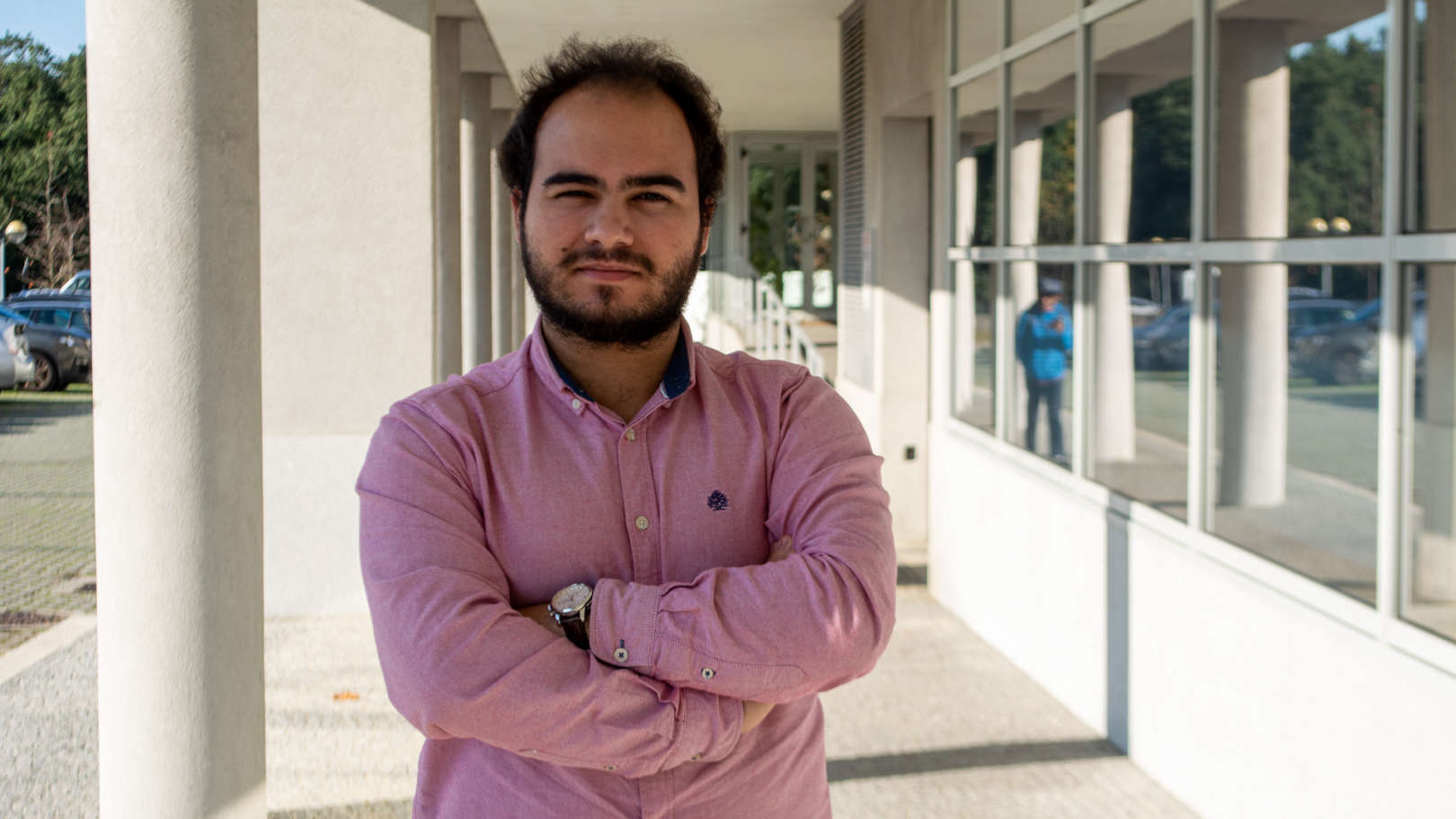Detalhes
Nome
Tomé Mendes AlbuquerqueCargo
Investigador Colaborador ExternoDesde
10 outubro 2019
Nacionalidade
PortugalCentro
Centro de Telecomunicações e MultimédiaContactos
+351222094000
tome.m.albuquerque@inesctec.pt

2024
Autores
Kazemi, A; Rasouli Saravani, A; Gharib, M; Albuquerque, T; Eslami, S; Schüffler, J;
Publicação
Computers in Biology and Medicine
Abstract
The incidence of colorectal cancer (CRC), one of the deadliest cancers around the world, is increasing. Tissue microenvironment (TME) features such as tumor-infiltrating lymphocytes (TILs) can have a crucial impact on diagnosis or decision-making for treating patients with CRC. While clinical studies showed that TILs improve the host immune response, leading to a better prognosis, inter-observer agreement for quantifying TILs is not perfect. Incorporating machine learning (ML) based applications in clinical routine may promote diagnosis reliability. Recently, ML has shown potential for making progress in routine clinical procedures. We aim to systematically review the TILs analysis based on ML in CRC histological images. Deep learning (DL) and non-DL techniques can aid pathologists in identifying TILs, and automated TILs are associated with patient outcomes. However, a large multi-institutional CRC dataset with a diverse and multi-ethnic population is necessary to generalize ML methods. © 2024 Elsevier Ltd
2023
Autores
Albuquerque, T; Rosado, L; Cruz, RPM; Vasconcelos, MJM; Oliveira, T; Cardoso, JS;
Publicação
Intell. Syst. Appl.
Abstract
Microscopic techniques in low-to-middle income countries are constrained by the lack of adequate equipment and trained operators. Since light microscopy delivers crucial methods for the diagnosis and screening of numerous diseases, several efforts have been made by the scientific community to develop low-cost devices such as 3D-printed portable microscopes. Nevertheless, these devices present some drawbacks that directly affect image quality: the capture of the samples is done via mobile phones; more affordable lenses are usually used, leading to poorer physical properties and images with lower depth of field; misalignments in the microscopic set-up regarding optical, mechanical, and illumination components are frequent, causing image distortions such as chromatic aberrations. This work investigates several pre-processing methods to tackle the presented issues and proposed a new workflow for low-cost microscopy. Additionally, two new deep learning models based on Convolutional Neural Networks are also proposed (EDoF-CNN-Fast and EDoF-CNN-Pairwise) to generate Extended Depth of Field (EDoF) images, and compared against state-of-the-art approaches. The models were tested using two different datasets of cytology microscopic images: public Cervix93 and a new dataset that has been made publicly available containing images captured with µSmartScope. Experimental results demonstrate that the proposed workflow can achieve state-of-the-art performance when generating EDoF images from low-cost microscopes. © 2022 The Author(s)
2023
Autores
Castro, E; Ferreira, PM; Rebelo, A; Rio-Torto, I; Capozzi, L; Ferreira, MF; Goncalves, T; Albuquerque, T; Silva, W; Afonso, C; Sousa, RG; Cimarelli, C; Daoudi, N; Moreira, G; Yang, HY; Hrga, I; Ahmad, J; Keswani, M; Beco, S;
Publicação
MACHINE VISION AND APPLICATIONS
Abstract
Every year, the VISion Understanding and Machine intelligence (VISUM) summer school runs a competition where participants can learn and share knowledge about Computer Vision and Machine Learning in a vibrant environment. 2021 VISUM's focused on applying those methodologies in fashion. Recently, there has been an increase of interest within the scientific community in applying computer vision methodologies to the fashion domain. That is highly motivated by fashion being one of the world's largest industries presenting a rapid development in e-commerce mainly since the COVID-19 pandemic. Computer Vision for Fashion enables a wide range of innovations, from personalized recommendations to outfit matching. The competition enabled students to apply the knowledge acquired in the summer school to a real-world problem. The ambition was to foster research and development in fashion outfit complementary product retrieval by leveraging vast visual and textual data with domain knowledge. For this, a new fashion outfit dataset (acquired and curated by FARFETCH) for research and benchmark purposes is introduced. Additionally, a competitive baseline with an original negative sampling process for triplet mining was implemented and served as a starting point for participants. The top 3 performing methods are described in this paper since they constitute the reference state-of-the-art for this particular problem. To our knowledge, this is the first challenge in fashion outfit complementary product retrieval. Moreover, this joint project between academia and industry brings several relevant contributions to disseminating science and technology, promoting economic and social development, and helping to connect early-career researchers to real-world industry challenges.
2023
Autores
Cardoso, JS; Cruz, R; Albuquerque, T;
Publicação
CoRR
Abstract
2022
Autores
Albuquerque, T; Cruz, R; Cardoso, JS;
Publicação
MATHEMATICS
Abstract
Ordinal classification tasks are present in a large number of different domains. However, common losses for deep neural networks, such as cross-entropy, do not properly weight the relative ordering between classes. For that reason, many losses have been proposed in the literature, which model the output probabilities as following a unimodal distribution. This manuscript reviews many of these losses on three different datasets and suggests a potential improvement that focuses the unimodal constraint on the neighborhood around the true class, allowing for a more flexible distribution, aptly called quasi-unimodal loss. For this purpose, two constraints are proposed: A first constraint concerns the relative order of the top-three probabilities, and a second constraint ensures that the remaining output probabilities are not higher than the top three. Therefore, gradient descent focuses on improving the decision boundary around the true class in detriment to the more distant classes. The proposed loss is found to be competitive in several cases.
The access to the final selection minute is only available to applicants.
Please check the confirmation e-mail of your application to obtain the access code.

